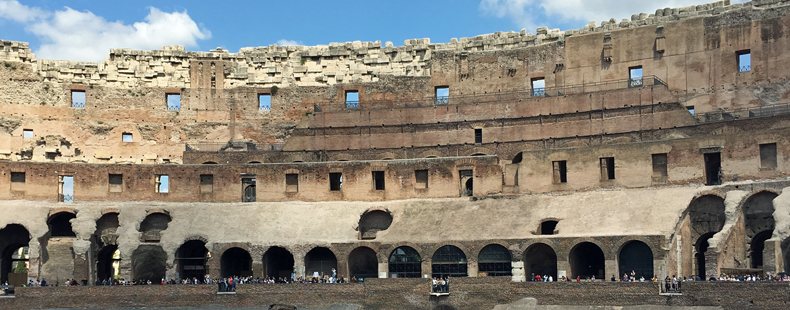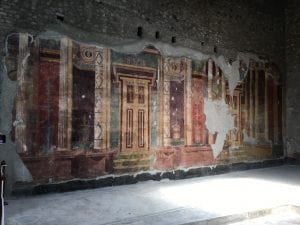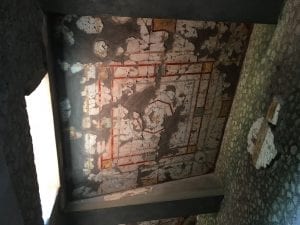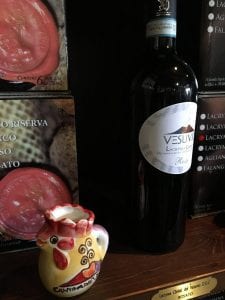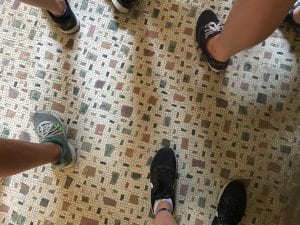This is the sixth in a series of blog posts from Whitties studying on Whitman’s Crossroads: Rome, Italy: Landscape and Cityscape in Ancient Rome program this summer with Professor Kate Shea. Grace Sanwald ’21 is undecided.
“Mamma Mia! Fantastico!”
“Amazing!”
“Carrrrrrbonized”
Don’t be surprised, friends, if you overhear the students of Crossroads-Rome saying these peculiar phrases upon return from our adventures in Italy. Out of context, they may seem meaningless and strange, but to us, they are endearing reminders of our time in Naples with our amazing and fantastic guide, Francesco (or Frank, if you prefer), who repeated these things throughout our day with him.
It was Pompeii day, and we woke up early in the morning for our three-hour drive to the Villa Oplontis, where we would start our visit. This Villa has a similar style of art as Nero’s Domus Aurea (Golden House) and is therefore thought to have been the residence of Nero’s wife, Poppea. Francesco wasted no time in telling us about poor Poppea’s death, brashly describing how Nero himself kicked her in the stomach while she was pregnant, ending her life. However, he lightened the mood by also informing us that the woman was known to bathe in donkey milk to keep her skin soft and smooth. Mamma Mia!
The Villa was wonderfully preserved by the layers of ash that fell upon the area when Mount Vesuvius erupted in 79 AD. Because of this, when the Villa was excavated in 1964, the precious fresco artwork on the walls was well preserved. This artwork cannot be replicated because it uses a special red pigment, called rosa pompeiano, which was made from toxic mercury sulfide. The artwork was all beautiful, but we stopped specifically to view one particular bird with had been painted with incredible detail, so that even the shadow of a pear is visible. Despite obvious talent, whoever painted such an ornate bird would have been considered merely an artisan at the time, rather than praised as the artist they were.
As we walked past a room full of amphoras (containers which usually held wine or olive oil), Francesco made comments reminding us not to drink too much at lunch. After all, we still had to make it through our afternoon visit to Pompeii without falling over. To most of us, this seemed like an odd comment, seeing as how none of our previous group meals had included copious amounts of alcohol. However, it soon became clear to us that this was a necessary warning. Little did we know we were actually headed to a wine tasting for lunch on a vineyard. Normally, this would be nothing special, as vineyards are everywhere in Italy, but this one was something else. It was located on none other than Mount Vesuvius itself (a still active volcano). Amazing!
The wine was great, but my personal favorite part of that afternoon was the unique pitchers the vineyard used for water. They were shaped like chickens, with the water flowing from the animals’ mouths like saliva. These were the cause of many jokes among the students about drinking a whole chicken throughout the meal. Some of us even took a mini chicken home as a souvenir.
After three weeks of visiting ancient sites, it is easy to forget that the simple structures around us are two thousand years old. The rooms, pools, and hallways were once used by ancient Romans in a time of emperors and heroes. At the Villa Oplontis, we walked on mosaics that survived a volcanic eruption and touched the ash that completely covered the landscape on that fateful day. It doesn’t get much cooler than that!
